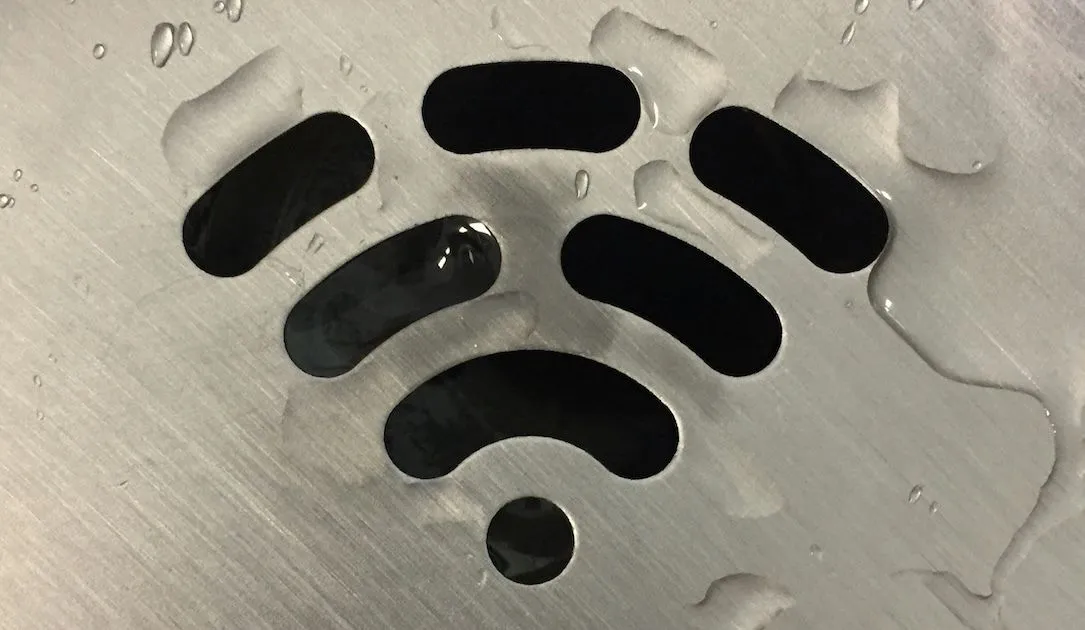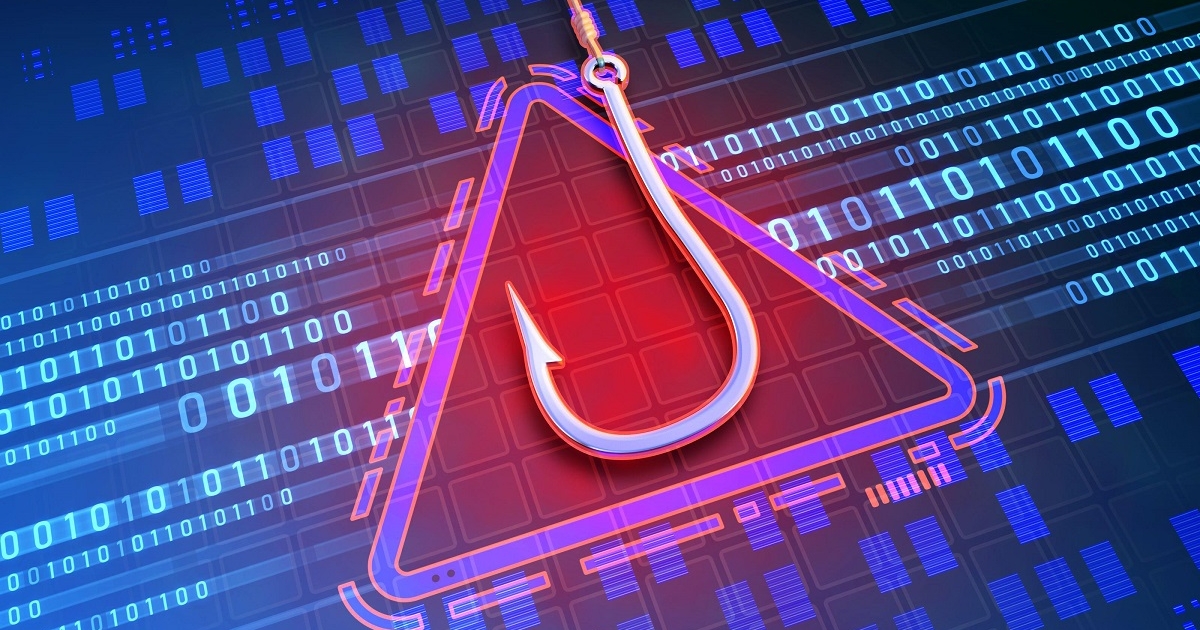Google is adding new anti-theft and data protection features for Android, including AI-powered screen locks, remote locking, and improved factory reset protection to secure users’ data if devices are lost or stolen.
Palo Alto Networks is acquiring IBM’s QRadar cloud security software assets and migrating existing customers to its own Cortex XSIAM platform, as part of a broader partnership that will give Palo Alto access to consultants and a larger customer base.
The Biden administration plans to have consumer devices labeled with the U.S. Cyber Trust Mark on store shelves by the end of 2024, to help consumers understand security and encourage manufacturers to include basic digital defenses.
Researchers identified 11 security flaws in certain GE HealthCare ultrasound devices, including the Invenia ABUS 2.0, that could allow malicious actors with physical access to the devices to implant ransomware or access and manipulate patient data.
Apple and Google have joined forces to develop an industry specification that will allow users across iOS and Android to be alerted if a Bluetooth tracking device is being used to unknowingly track their location.
Cybercriminals are exploiting the popularity of DocuSign by creating and selling fake email templates and login credentials to enable phishing attacks, blackmail, and business email compromise against targeted companies.
Alkira, a leader in on-demand network infrastructure as-a-service, has raised $100 million in Series C funding to further expand its innovative platform that simplifies, secures, and scales critical network infrastructure for enterprises.
Google has released an emergency security update for Chrome to address the third zero-day vulnerability exploited in attacks within a week, highlighting the ongoing challenges in securing the popular web browser against sophisticated cyber threats.
A cost-effective encryption strategy starts with effective key management, which involves making critical decisions about where to store encryption keys, how to manage them, and how to prepare for the post-quantum future.
The threat actor, likely located in the Commonwealth of Independent States (CIS), strategically targeted a spectrum of operating systems and computer architectures in the credential harvesting campaign, including Windows and macOS.






